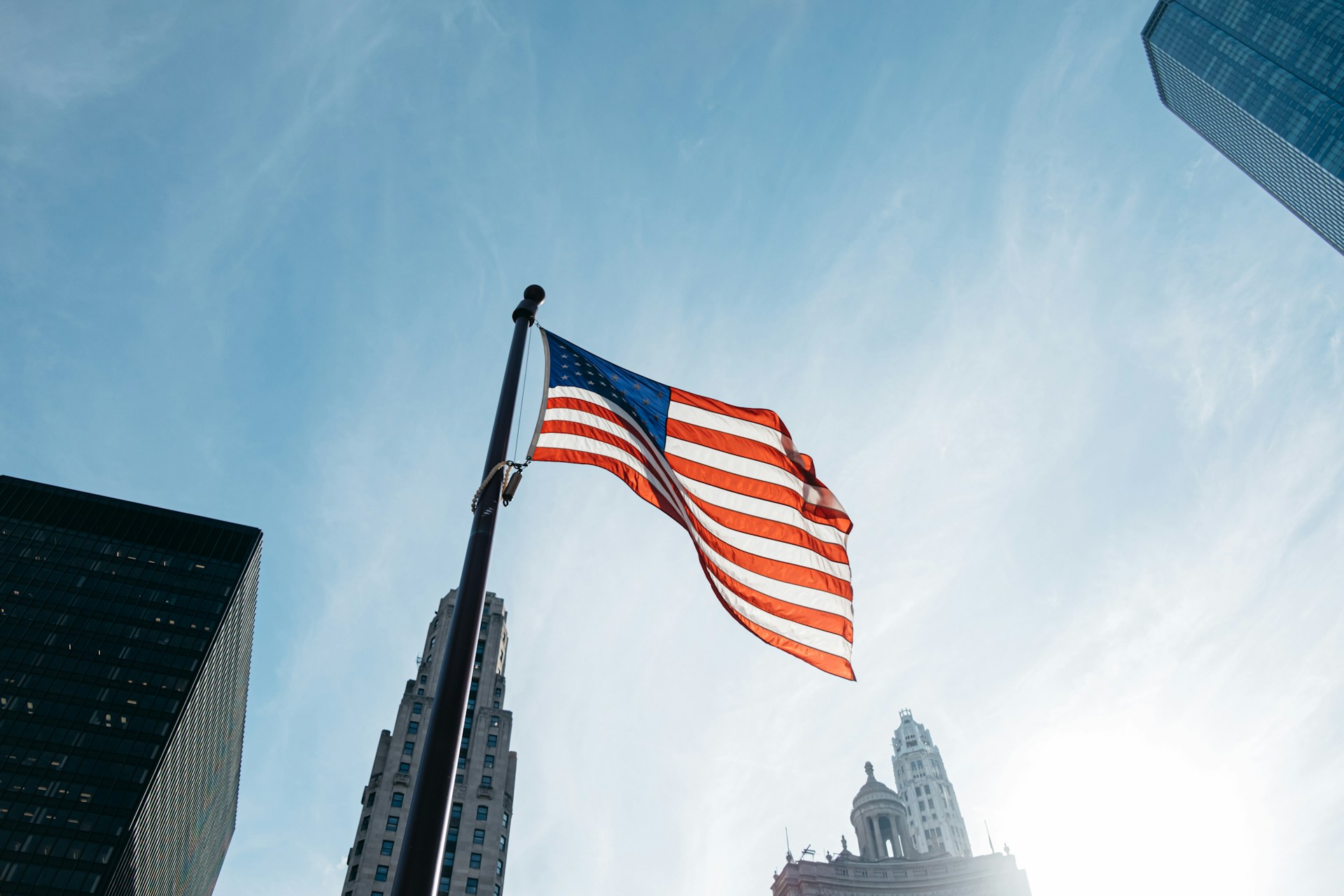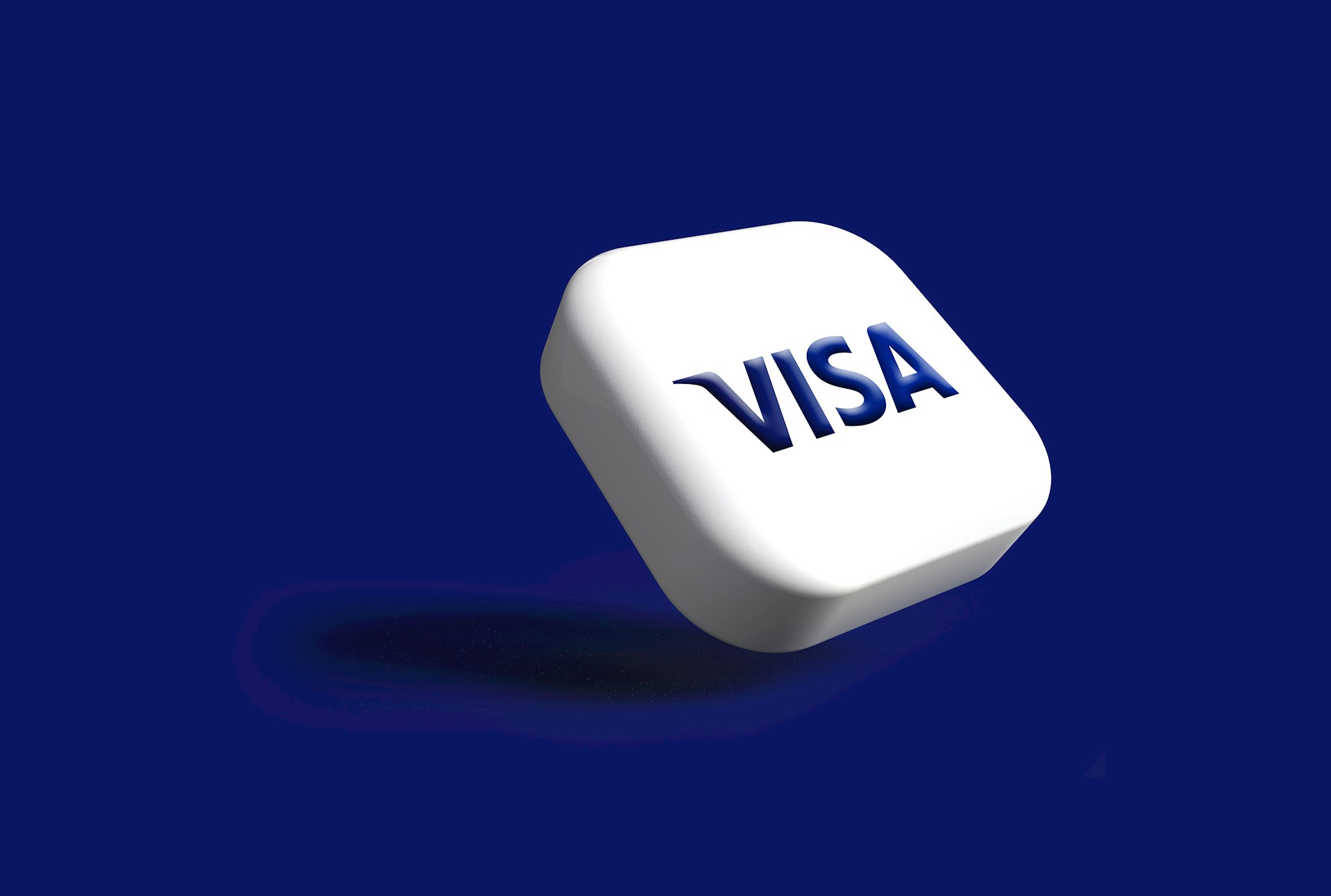Study In USA
F1 Student Visa: Complete 2025 Guide for International Students

Introduction
The F1 student visa is the main visa for international students who want to study full time in the United States. You need an F1 visa before you can go to college or university in the US. You can study, live near your school, and follow U.S. immigration rules with an F1 visa.
You need an admission letter and a Form I-20 from a U.S. school before you can apply for a F1 student visa. You have to pay the SEVIS fee, fill out the DS-160 form, and set up a visa interview at the U.S. embassy. The officer will look over your papers and ask you why you want to study in the United States during the interview. It helps you get ready if you know what to do and what papers to bring.
Many students from Nepal ask about the student visa for the USA from Nepal. Everyone goes through the same steps, but you need to be ready with proof of school acceptance, proof of funds, and proof that you will go back home after your course if asked. It is also important to understand F1 visa requirements, the interview process, and how to submit accurate forms.
What Is an F1 Student Visa?
The F1 student visa is a type of non-immigrant visa that lets students from other countries study full-time at US schools, colleges, or universities. For students from Nepal and other countries who want to go to college in the US, this is one of the most popular student visas.
Here’s what you should know about the F1 student visa:
- Purpose:
The f1 visa is for students who want to study full-time at a U.S. school that is approved by the Student and Exchange Visitor Program (SEVP). This includes colleges, universities, high schools, and programs to help people learn English. - Form I-20 Requirement:
Students must get a Form I-20 from the U.S. school they want to attend before they can apply. This letter confirms your acceptance and gives you information about your course, how long it will last, and how much it will cost to study. - Study Duration and Stay:
With an F1 student visa, students can stay in the U.S. for the length of their study program and for 60 days after they finish their course. - Work Opportunities:
People with an F1 visa can work part-time (up to 20 hours a week) on campus while they are in school. They can apply for Optional Practical Training (OPT) or Curricular Practical Training (CPT) after they graduate to get work experience in their field. - Financial Proof:
Applicants must show that they have enough money to pay for school and living expenses while they are there. - Intention to Return Home:
Students must show that they plan to go back to their home country after finishing their studies.
In short, the F1 student visa is your ticket to studying in the US. It gives international students the chance to get a good education, gain experience, and look for opportunities around the world.
Eligibility Criteria for an F1 Student Visa
The U.S. government has certain requirements that you must meet in order to apply for an F1 student visa. These rules make sure that only real, full-time students can come to the U.S. to study.

Here are the main requirements for getting an F1 student visa to the US, explained in simple terms:
- Acceptance from a SEVP-Approved Institution:
You need an official letter of admission from a school, college, or university that the Student and Exchange Visitor Program (SEVP) has approved. After you are accepted, the school will give you a Form I-20, which you need to apply for your f1 student visa. - Full-Time Enrollment:
To get an F1 student visa, you must be a full-time student in a language or academic program. This visa is not available to students who only go to school part-time. - English Language Proficiency:
You must show that you can understand and speak English well. Most colleges and universities want to see your IELTS, TOEFL, or PTE test scores as part of the application process. - Financial Capability:
You need to show that you can pay for your tuition and living costs in the U.S. This could be bank statements, letters from scholarship providers, or affidavits from sponsors. - Non-Immigrant Intent:
You have to show that you plan to go back to your home country after you finish your studies. This is proof that you are not using the F1 student visa to stay in the US for good. - Valid Passport:
Your passport must be valid for at least six months beyond your intended stay in the United States.
If you meet all of these requirements for an F1 student visa, your chances of getting one go up. At the Global Education Counselling Centre, we help students from Nepal apply for their student visa to the USA by making sure they meet all the requirements.
Step-by-Step Process to Apply for an F1 Student Visa
Getting an F1 student visa may seem hard, but if you follow each step carefully, it will be easy and go smoothly. Below is a clear, step-by-step guide to help international students, especially those applying for a student visa for USA from Nepal, understand how to apply successfully:
1. Get Admission to a SEVP-Approved Institution
- Apply to a U.S. college or university that is certified by the Student and Exchange Visitor Program (SEVP).
- You will get a Form I-20 after you are accepted. This form has information about your course, how long it will last, and how much money you need. This form is very important for your application for an F1 visa to the United States.
2. Pay the SEVIS Fee (I-901 Fee)
- Before applying for the visa, pay the SEVIS I-901 fee online.
- Be sure to keep the receipt as proof of payment as it’s required during your visa interview.
3. Complete the DS-160 Visa Application Form
- You can fill out the DS-160 form online at the U.S. Department of State's website.
- Upload your photo (which meets U.S. visa requirements) and print out the page that confirms your interview.
4. Pay the Visa Application Fee
- Pay the non-refundable visa application fee (MRV fee) as instructed by the U.S. Embassy or Consulate in your country.
5. Schedule a Visa Interview
- Make an appointment at the U.S. Embassy or Consulate closest to you.
- You will get a letter confirming the date and time of your interview.
6. Attend the Visa Interview
- Bring all necessary documents, including:
- Valid passport
- Form I-20
- DS-160 confirmation page
- SEVIS fee receipt
- Academic transcripts and test scores (IELTS, TOEFL, GRE, etc.)
- Proof of financial support
- The officer will ask you about your study plans, which university you want to go to, and what you want to do after you finish your studies during the interview.
7. Get Your F1 Student Visa
- If approved, your f1 student visa will be stamped on your passport.
- You can travel to the U.S. up to 30 days before your course start date as mentioned on your I-20 form.
At GECC we help our students through every step of the way, from admission and documentation to visa interview preparation thus ensuring a smooth and successful F1 visa USA application process.
Required Documents for the F1 Student Visa Application
Getting the right documents ready is one of the most important things you can do when you apply for an F1 student visa. Your visa could be delayed or even denied if you don't have the right papers.

Here is a full list of the important papers you need to get ready for your F1 visa USA interview.
1. Valid Passport
- Your passport must be valid for at least six months beyond your intended stay in the United States.
2. Form I-20 (Certificate of Eligibility)
- This form, which was given to you by your SEVP-approved school, has important information about your course, how long it will last, and how much it will cost.
- Before your visa interview, you need to sign the I-20.
3. DS-160 Confirmation Page
- This is the online visa application form for all U.S. non-immigrant visas.
- After you send in the form, print out the confirmation page that has the barcode on it.
4. SEVIS Fee Payment Receipt (I-901 Receipt)
- Proof that you have paid the Student and Exchange Visitor Information System (SEVIS) fee.
- You can pay this fee online before your visa interview.
5. Visa Application Fee Receipt (MRV Fee)
- You need to show proof of payment for your visa application fee in order to make an interview appointment.
6. Recent Passport-Sized Photograph
- A color photo that meets the requirements for a U.S. visa photo (2x2 inches, white background).
7. Academic Documents
- Previous school or university transcripts, certificates, and test scores such as IELTS, PTE, TOEFL, GRE, or GMAT (if applicable).
8. Financial Documents
- You must show that you can pay for your living and school costs while you are in the U.S. Documents that are okay are:
- Recent bank statements
- Scholarship or sponsorship letters
- Loan approval letters (if applicable)
- Affidavit of support from family or sponsor
9. Ties to Home Country
- Proof of family or property that shows you plan to go back home after finishing school.
Being organized and ready with these papers will make you feel more sure of yourself during your f1 student visa interview.
At GECC, we make sure to assist each and every student in verifying and organizing every required paper for a smooth and successful student visa USA from Nepal application.
Post-Arrival Rules and Work Options for F1 Students
Once you get your F1 student visa and get to the US, it's important to know the rules and options that are open to you. If you follow these steps after you arrive, you can keep your F1 visa USA status and get the most out of your time as a student.
Here’s a detailed breakdown of what to do after you arrive in the U.S.:
1. Report to Your Designated School Official (DSO)
- Within 30 days of arrival, you must report to your school’s Designated School Official (DSO).
- The DSO will turn on your SEVIS record and help you with your orientation, classes, and following the rules for your visa.
2. Maintain Full-Time Enrollment
- You must remain enrolled as a full-time student at your SEVP-approved institution.
- Dropping below the required number of credits without permission from your DSO can lead to visa cancellation.
3. Keep Your Documents Updated
- Your passport, Form I-20, and I-94 record should always be valid and up to date.
- You need to tell your DSO right away if you change your school, program, or address.
4. Work Options for F1 Students
F1 students have limited but valuable work opportunities that can help them gain experience while studying:
- On-Campus Employment:
- You may work up to 20 hours per week during the semester and full-time during breaks.
- Most of the time, jobs are in the library, cafeteria, or administrative offices.
- Curricular Practical Training (CPT):
- If the job or internship is part of your schoolwork, CPT lets you work off-campus.
- You need DSO approval before you can start.
- Optional Practical Training (OPT):
- OPT gives you the chance to work up to 12 months in your field of study after completing your course.
- STEM (Science, Technology, Engineering, and Math) students may apply for a 24-month OPT extension.
5. Maintain Legal Status
- Always follow the rules for the F1 visa, go to class on time, and don't work without permission.
- If you break the rules of your visa, you could lose your student status and be sent back home.
Students can have a smooth academic journey in the U.S. and gain valuable international experience by following these F1 visa rules after they arrive.
Conclusion to F1 Student Visa

International students who want to study in the United States need the F1 student visa. It lets students study full-time, get real-world experience through OPT and CPT, and look for new opportunities in a global learning environment. To make the visa application process go smoothly and successfully, you need to know everything about it, from who can apply and what documents are needed to the rules that apply after you arrive.
For students applying from Nepal, knowing the student visa USA from Nepal process, including the steps for F1 visa USA, can make the journey less stressful and more organized. Meeting all eligibility requirements, preparing accurate documents, and following U.S. visa rules ensures that your F1 status remains valid throughout your studies.
At GECC we guide students step by step through the F1 student visa process, from admission and documentation to interview preparation and post-arrival support. Our expertise helps students make informed decisions, avoid common mistakes, and focus on their academic goals in the U.S.
In short, the F1 student visa gives you access to top-notch education, job opportunities, and exposure to other cultures. Students can realize their aspiration of studying in the United States while remaining entirely compliant with visa regulations through adequate planning, preparation, and guidance.



-1761360231.jpg)
